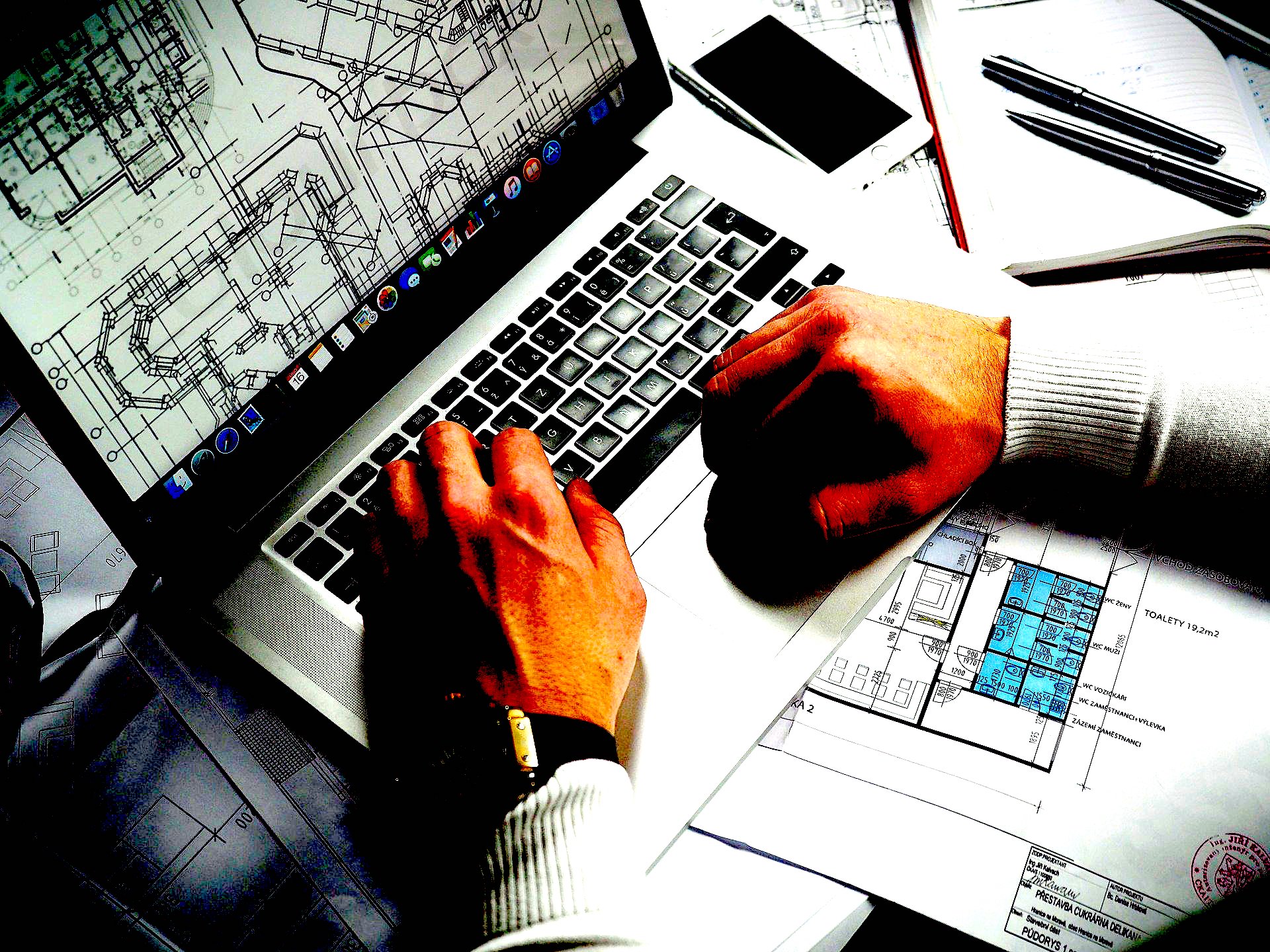 SECURITY
SECURITY
 SECURITY
SECURITY
 SECURITY
SECURITY
Self-quarantined employees are forcing organizations to allow access to critical data remotely. As a result, the coronavirus pandemic is presenting organizations with a unique opportunity to adopt modern security protocols and enable an efficient remote workforce.
Fear of coronavirus infections has resulted in organizations ruling out large meetings. Healthy individuals are in home quarantine for weeks at a time, even though they are not necessarily thought to carry the virus. This large number of individuals complying with “house arrest” is putting a strain on many organizations that have not shifted their working styles to accommodate large-scale remote workers.
Sales forces are accustomed to working from the field. Accounting employees, research and development workers, marketers and analysts are used to operating under the security of in-office connectivity. Today’s worker needs to collaborate with global data amongst international teams requiring robust security measures for identity-based access, secure data collaboration, management of digital rights, data transfers and the like.
Although we proclaimed that “the perimeter is dead” some years ago, most organizations still handle most of their operations from within the perimeter of offices and other corporate facilities. As companies rely on employees working from the office, coronavirus’ forced changing of the status quo comes with risks that can’t be ignored, such as unsecured home Wi-Fi networks, unsecured smart devices and countless other variables that turn an employee’s laptop into a Trojan horse.
The home environment is not the only issue. In today’s world, most organizations use dozens of SaaS services, various cloud environments and some services still housed at the headquarters. Moving to a remote workforce requires the usage of adequate identity verification measures, including uncommon MFA, access permission measures that enable working in a multi-environment organization, enforcing wider usage of encryptions, and more.
With a remote workforce, keeping up with regulation compliance must be managed well. Being able to track accessed data, along with where the data is stored, is a challenge when working remotely. On the other hand, many traditional security solutions, which were built to monitor network traffic, analyze it, detect anomalies in it and more, are much less relevant when everyone works remotely and uses multiple environments.
This calls for a fundamental re-architecting of the security across organizations.
An emerging set of solutions offers ways to let employees work remotely while preserving high-security levels, sometimes even higher than those within the perimeter. Solution approaches such as zero-trust, software-defined perimeter and others provide organizations with new ways of building their architecture, taking into consideration the fact that there is no real perimeter.
For some organizations, moving to this type of architecture and “way of life” seemed like too big of a change, even a burden in some cases. Some fear change, while others feel their legacy system is “good enough.”
The opportunity they are missing is that modern systems offer fewer constraints, more flexibility and more freedom, and they usually help move things faster through the network. They allow for better mitigation techniques when problems arise, demonstrating how decentralized systems are generally stronger and more resilient than centralized ones.
But now, the coronavirus is forcing organizations unwillingly to adopt to a remote workforce. Necessity is the mother of invention, so why not leverage the coronavirus situation as a catalyst to adopt these new, more efficient practices? If most organizations were adjusted to secure remote workers, it is likely that the effects on the global economy would have been lessened and better managed.
Adapting to today’s and tomorrow’s security needs demands new architecture, new processes and new methodologies. Change is usually scary and mostly unwelcome because most of us prefer stability. The coronavirus situation is a constraint. It is a problem that jeopardizes organizations, resulting in losses and unwanted exposure.
My advice is to leverage it to make the right change.
Zohar Rozenberg is vice president of cyber investments for Elron Electronic Industries Ltd., investing in early-stage cybersecurity and enterprise software startups. Zohar also serves on the board of directors for several technology companies. In his previous role as an IDF 8200-unit colonel (retired), Zohar assisted in the founding of Israel’s National Cyber Bureau, formalizing the country’s national cybersecurity strategy. His final role with the IDF was as the head of its cyber department. He wrote this piece for SiliconANGLE.
Support our mission to keep content open and free by engaging with theCUBE community. Join theCUBE’s Alumni Trust Network, where technology leaders connect, share intelligence and create opportunities.
Founded by tech visionaries John Furrier and Dave Vellante, SiliconANGLE Media has built a dynamic ecosystem of industry-leading digital media brands that reach 15+ million elite tech professionals. Our new proprietary theCUBE AI Video Cloud is breaking ground in audience interaction, leveraging theCUBEai.com neural network to help technology companies make data-driven decisions and stay at the forefront of industry conversations.